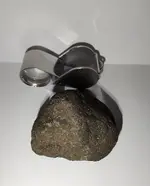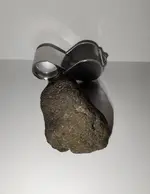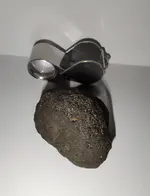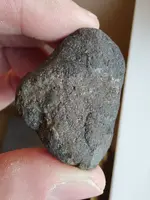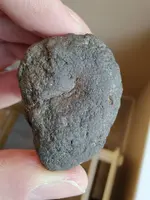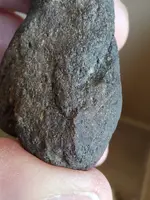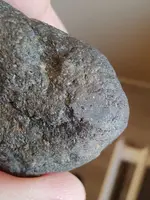Well, so far so good but…
Funny how when folks think they have a meteorite, but which doesn’t have a typical common appearance, their fall-back position is usually “it must be a rare type” (ureilite, diogenite, lunar, martian or whatever).
If it is a meteorite it’s obviously not an ordinary chondrite. What were the credentials of the seller (you ducked that question)? Anyone who knows anything about meteorites would not be selling a stone as a generic NWA if there was any suspicion it could be a more valuable type than the usual chondritic specimens.
I specifically said that the important information is “degree of attraction” to magnet, but you have only said that it’s attracted, without saying how strongly.
Note also that a ureilite would not be particularly notable for being “heavy for its size” when judged in the hand. Ureilites typically range between Specific Gravities of 3.2 – 3.3 versus most crustal Earth rocks at between 2.6 – 2.7 and magmatic rocks such as basalts between 2.8 – 3.0 or a little beyond. Rocks rich in hematite can be considerably more dense since hematite has a S.G. of about 5.3, but the streak test would have told you straight away if there had been a significant hematite content.
So, as things stand it’s a “possible” but, if so, of a classification for which no amount of looking is going to be able to confirm. Professional testing would be needed, but if you know someone who has an XRF gun that might help.



